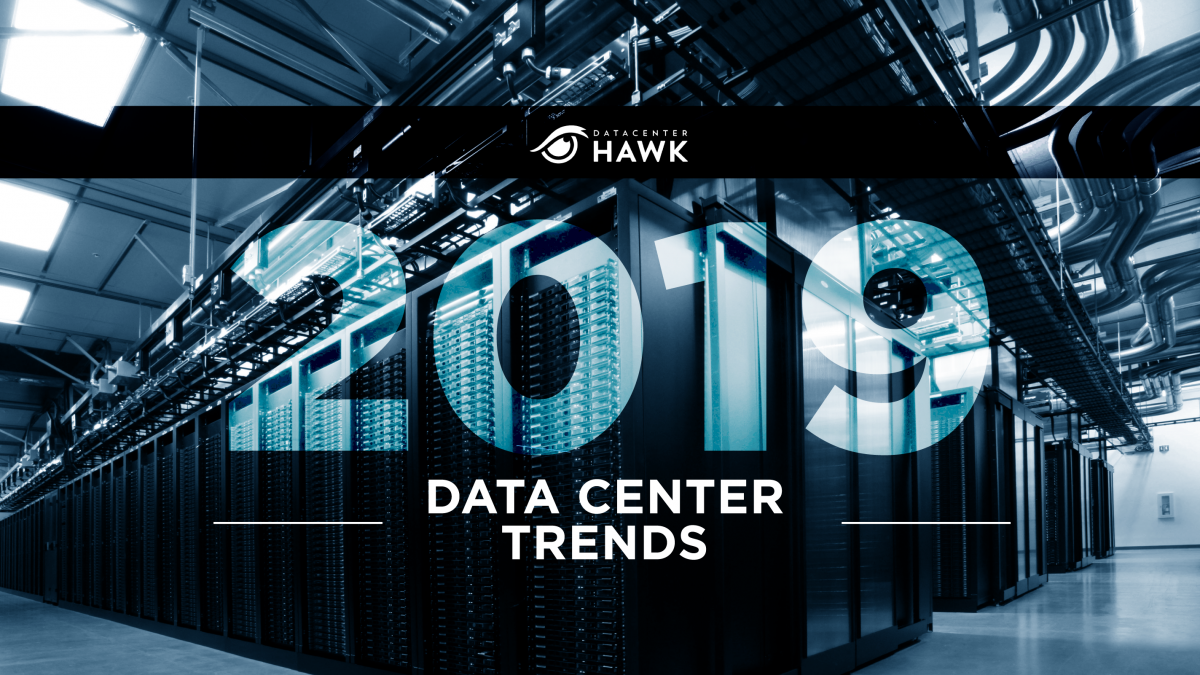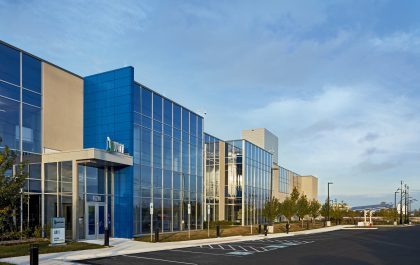Each year, market analysts who cover the data center industry look at the size and growth of data center construction, data center absorption, as well as the amount of space and power being leased to determine the health of the market as a whole.
Over the past few years, the health of the industry was considered by many to be nothing less than extraordinary. 2017 and 2018 were record years for the North American data center market. And, many anticipated that 2019 would be more of the same, as demand for hyperscale services stayed consistent or increased, and as advanced IT applications – such as artificial intelligence (AI) and data analytics – gained additional traction and adoption.
With the holidays upon us and the year fast drawing to a close, we were anxious to see how 2019 is wrapping up. So we brought in some experts to weigh in.
We recently sat down with David Liggitt and Luke Smith of datacenterHawk, one of the industry’s leading analyst firms that is trusted for delivering actionable insights into the data center market. During our discussion with David, the company’s founder, and Luke, one of their lead analysts, we talked about the data center market in 2019, some of the trends that contributed to absorption and some of the hot new markets that began to see data center construction in the past year.
Interviews with David Liggitt and Luke Smith

Data Centers Today (DCT): Did we see an increase or decrease in the demand for data center space in 2019? Why was that the case?
David Liggitt: When we started 2019, data center industry leaders felt it would be a good year, but that it would be hard to get to the level we saw in 2018. I don’t think we’re setting any records in 2019. However, it was a very solid demand year from a data center absorption standpoint, but 2018 was a record year of growth for the North American data center market.
For example, in 2018 in Northern Virginia, we saw more than 270 megawatts of absorption in that one market alone. We saw tremendous growth in 2018 in other markets as well. And, while 2019 will be a good year from an absorption standpoint, it’s not to the growth we experienced in 2018.
I think one of the challenges is that the industry has outpaced itself. While growth [in 2019] was still strong, it was less than it was [in 2018], and that’s hard for people to reconcile. However, the fundamentals are there, and the industry is in a very positive place. While things are different market-to-market, there’s certainly no slow down for companies utilizing IT infrastructure.
DCT: What were some of the industry sectors, markets or applications that were driving this demand? Was it the traditional players, or were new companies from different industries leasing data center space?
David Liggitt: We certainly continued to see growth from service providers that have hyperscale data center requirements – that’s been a big part of the demand for the last several years and will continue to be moving forward. We also saw absorption from companies that are traditional enterprise data center users with certain requirements. Those users are active in markets across Canada and Europe, and I think those are markets that we’ll continue to see growth moving forward.
Luke Smith: Some users that shifted to an all-cloud strategy are now shifting back to a hybrid infrastructure strategy because they realized jumping to all-cloud ended up being less advantageous than they thought. That’s a trend that occurred this past year and is continuing to create demand.
There was also a focus on connectivity-driven data center services. Areas like Hillsboro, [Oregon], and Virginia Beach that are well-linked to other parts of the country, as well as international locations, were increasingly in demand.
David Liggitt: What Luke is pointing to is the maturing data center user. These companies that, five to ten years ago, had a less mature strategy are now opportunities for data center providers.
DCT: Were there new and emerging data center markets identified in 2019, or were there still only a handful of top, desirable locations that were the hotbeds of data center construction?
David Liggitt: We continued to see growth in Northern Virginia, Phoenix and Northern California. Those are the markets that consistently capture demand from both enterprise and hyperscale companies. There was also growth in other areas such as Dallas and Chicago.
However, I would say one of the areas we saw growth and continued interest was Hillsboro, Oregon. There was significant activity from data center operators there and when multiple providers build in a market, requirements will start to emerge. We’re seeing that Hillsboro.
Other areas of growth were Montréal and Toronto – those continue to be interesting given their Canadian location. Canadian markets are very different and increasingly active. Montréal has very low power costs and Toronto is the fourth largest North American city.
Luke Smith: A market that also had an interesting 2019 was Los Angeles. That’s a city with a very connectivity-driven solution. Companies are focused on LA because of its strategic location and access to subsea cables. Companies might have to pay a higher cost to be there, but there’s value from a strategic standpoint.
We saw that in areas that are higher priced but still growing. It’s because data center users were saying that it’s worth the extra capital to be in a physical location because of what it allows their business to do – today and into the future.
DCT: You mentioned subsea cables. Why are data center users drawn to these, and what impact is that having on secondary data center markets?
David Liggitt: Sophisticated users are going to find the subsea cable conversation more interesting than the traditional enterprise user. Although, I do think enterprise users may begin to see opportunities to grow portions of their business in different markets through a more connected network. That’s valuable to any company.
The draw of access to subsea cables has put areas like Virginia Beach, Hillsboro and other markets on the map. Another connectivity-driven market is Columbus, Ohio, which is growing as some of the cloud service providers continue to build out their infrastructure there. Columbus provides an onramp to eastern regional connectivity and regions that users find valuable.
Luke Smith: That’s similar to what contributed to growth in areas like Montréal. Some of the large cloud service providers were looking to establish a Canadian presence and looking at places like Montréal and Toronto because they’re both close to where the population is and connected to other markets in the region.
In part two of our three-part Q&A with David and Luke of datacenterHawk, we will look at the most significant data center construction trends of 2019 and the largest challenges that faced data center providers this past year.



